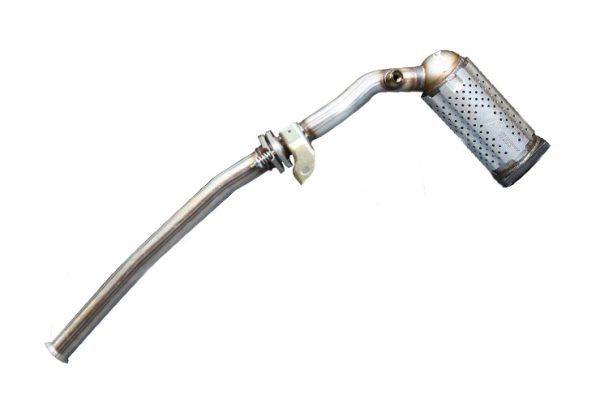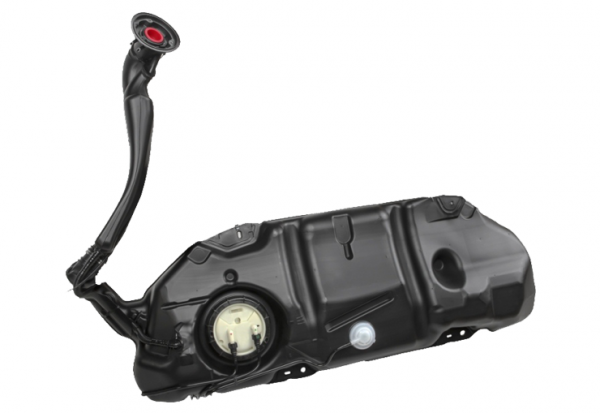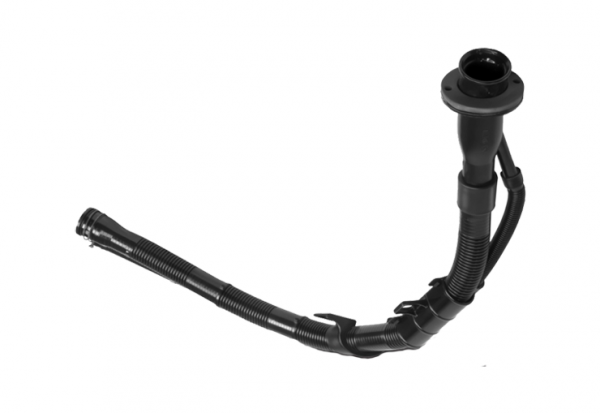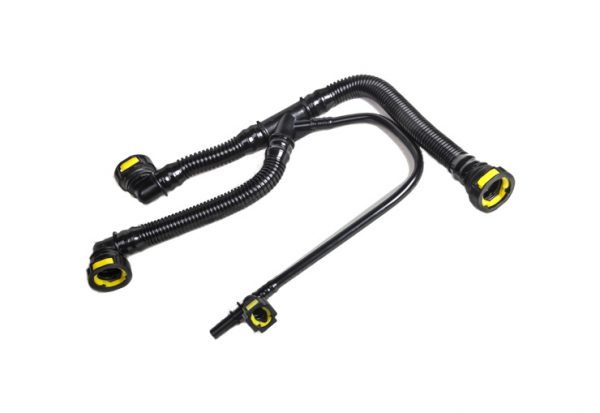Fuel pipes carry gasoline from the tank to the engine. Three types of fuel pipes have been used in the design and manufacture of vehicles.
- Metallic tubes
- Rubber hoses
- polyamide tubes
Why is the use of metal tubes and rubber hoses in the design and production of world-day vehicles has become obsolete?
- The use of fasteners and rubber in the connections of the gasoline route leads to increased risk of leakage.
- High ultimate cost: The production costs of these components are high according to the standards of the day and the cost of raw materials of these components.
- Low resistance to impact: These tubes are vulnerable to impact and are likely to fracture when exposed to a high barrier.
- High rubber permeability
- Low corrosion resistance in environmental conditions compared to polyamide pipes
The use of multi-layer polyamide pipes has also the following advantages:
- Polyamide tubes are easily shaped and are malleable for the fuel transmission to the engine.
- The presence of various layers of materials in these pipes, including inhibitor materials in the middle layers, reduces the permeation of gasoline into the environment.
- The use of fast connections in gasoline passages, in addition to the ease of assembly, also increases the safety of the piece.







